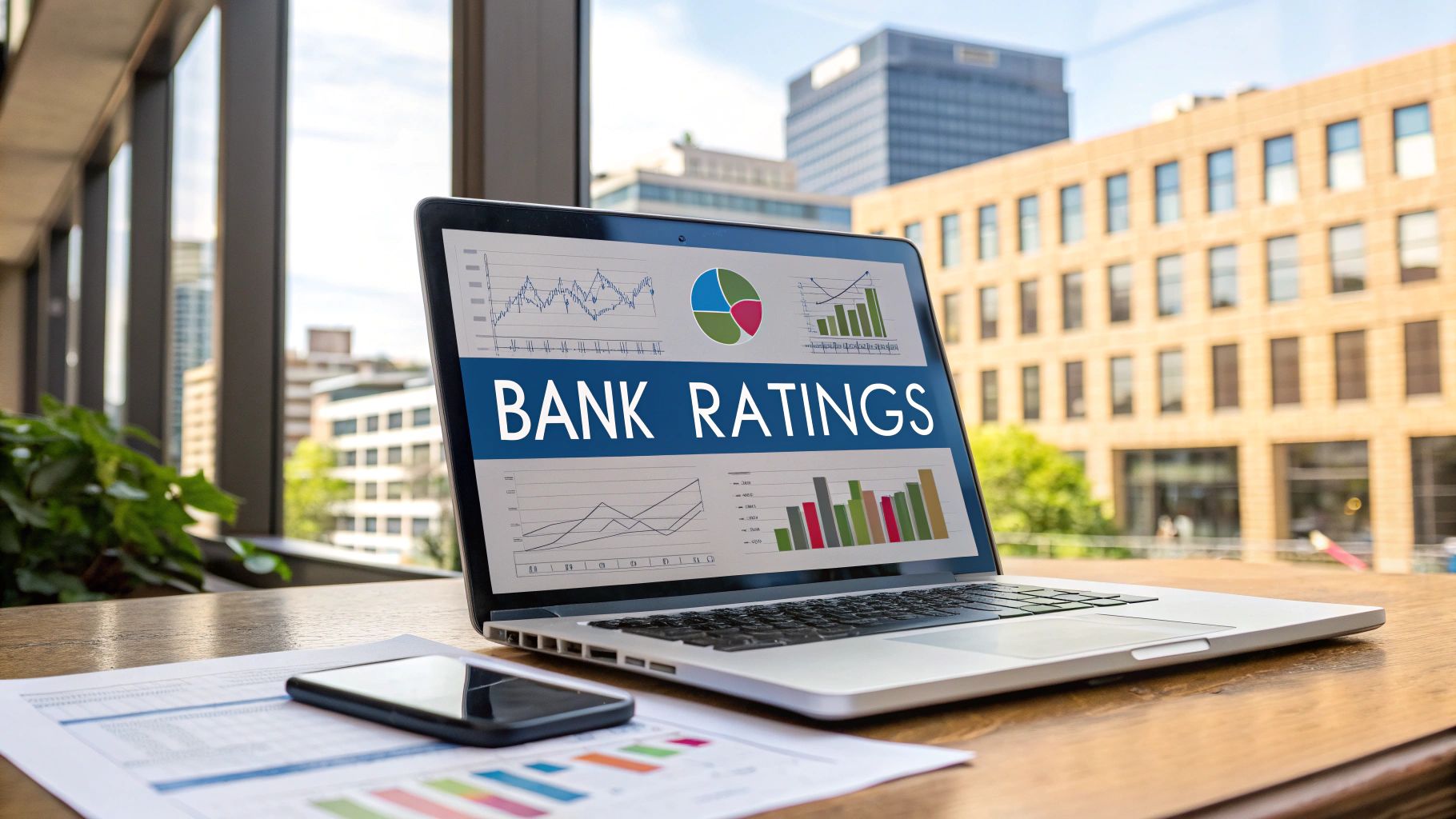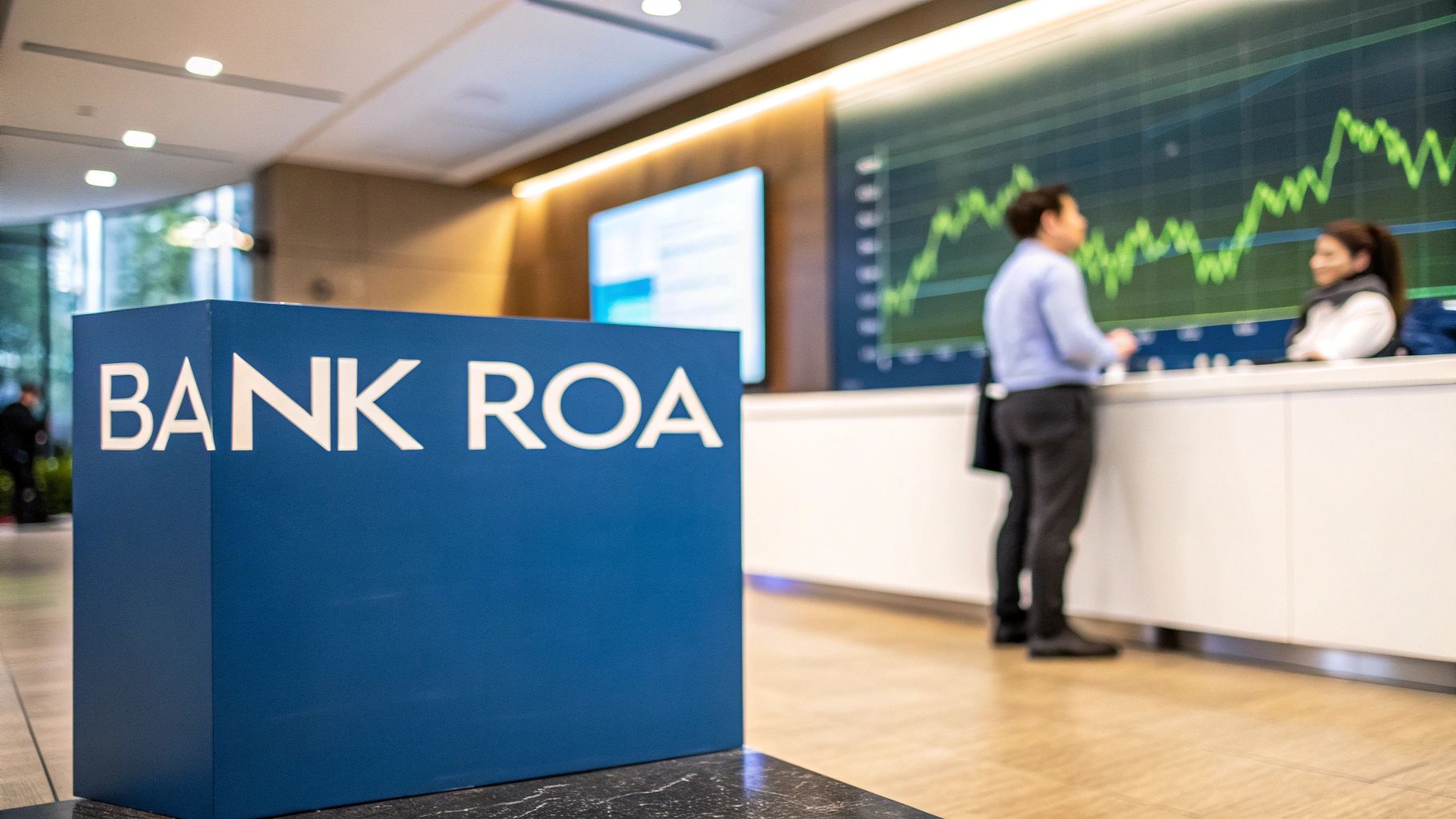Bank Failure: Understanding the Risks and Protections for Consumers
Banking Knowledge Base
Estimated reading time: 0 minutes
Table of contents
Introduction
Occurs when a bank is unable to meet its obligations to depositors and creditors, and is forced to close its doors. While rare, can have serious consequences for consumers, as they may lose access to their deposits and face financial hardship as a result. It's important for consumers to understand the risks associated with it, as well as the protections in place to help mitigate those risks. In this article, we'll explore what is, what causes it, and how consumers can protect themselves in the event.
What is a Bank Failure?
A bank failure occurs when a bank is unable to meet its financial obligations to depositors and other creditors, leading to the bank being closed down by regulatory authorities. This can happen for a variety of reasons, such as poor management, excessive risk-taking, and external economic factors such as recessions or market downturns.
For consumers, bank failure can be a serious issue, as it can result in the loss of their deposits and potentially other assets held with the bank. The specific implications of a bank failure for individual consumers can depend on a variety of factors, including the size of their deposits, the type of accounts they hold, and the regulatory protections in place.
There are different types of bank failures, including voluntary and involuntary failures. Voluntary failures occur when a bank decides to close its doors due to financial difficulties, while involuntary failures occur when regulatory authorities step in to close a bank that is no longer able to meet its obligations. In both cases, the result is the same: the bank's assets are liquidated and the proceeds are used to pay off depositors and other creditors.
What causes Bank Failure?
There are several common causes of bank failure, including poor management practices, inadequate risk management, overexposure to risky assets, and a lack of liquidity.
Poor management practices can contribute to bank failure by creating an environment of mismanagement and inefficiency, which can lead to losses and financial instability. Inadequate risk management can also be a major factor, as banks that take on excessive risk can experience significant losses that exceed their capital reserves, leaving them unable to meet their obligations to depositors and creditors.
Overexposure to risky assets is another common cause of bank failure, as banks that have significant holdings in high-risk investments or loans may experience losses that exceed their ability to absorb them. Finally, a lack of liquidity can be a major contributing factor to bank failure, as banks that are unable to access sufficient funds in times of financial stress may be forced to close their doors.
Overall, these factors can contribute to a cycle of declining financial health that can ultimately lead to the failure of a bank. It's important for banks to have strong risk management practices in place, as well as adequate liquidity reserves, in order to help mitigate the risks associated with these factors.
What are the Signs of Bank Failure?
There are several warning signs that a bank may be in trouble, and consumers can monitor these signs in order to take action to protect their money. Some of the most common signs include declining stock prices, increased loan losses, and poor financial performance.
Declining stock prices can be an early indication of trouble for a bank, as investors may begin to lose confidence in the bank's ability to meet its financial obligations. Increased loan losses can also be a sign of trouble, as it suggests that the bank may be taking on too much risk or may be experiencing difficulties in collecting on its loans.
Poor financial performance can be another warning sign, as banks that are experiencing declining revenues or profitability may be struggling to meet their obligations. Consumers can monitor these signs by keeping an eye on the bank's financial statements, as well as news reports and other sources of information.
If a bank appears to be in trouble, consumers may want to consider taking action to protect their money. This could include moving their deposits to another bank or reducing their exposure to the troubled bank by withdrawing some or all of their funds. It's important for consumers to be proactive in monitoring the financial health of their bank and taking action if they believe their deposits may be at risk.
What are the Impacts of Bank Failure
The impact of a bank failure can be significant, both for individual consumers and for the broader economy. When a bank fails, it can lead to job losses, reduced lending, and decreased economic growth.
For consumers, the impact of a bank failure can be immediate and severe. Depositors may lose access to their deposits and may have to wait for an extended period of time to receive their funds. In some cases, depositors may not receive their full deposits back, particularly if the bank's assets are insufficient to cover all of its liabilities. This can have a major impact on individual finances, particularly for those who have significant deposits with the bank.
The impact of bank failure can also extend to the broader economy. When a bank fails, it can lead to a reduction in lending and a tightening of credit markets, as other banks become more cautious about extending credit to borrowers. This can lead to decreased economic growth, as businesses and individuals may be unable to access the funds they need to invest and grow.
Finally, bank failures can also lead to job losses, particularly in the banking industry. When a bank fails, it may be forced to lay off employees, particularly those who are directly involved in the bank's operations. This can have a ripple effect throughout the economy, as these employees may struggle to find new jobs and may be forced to reduce their spending, further dampening economic growth.
Overall, the impact of bank failure can be significant, both for consumers and for the broader economy. It's important for individuals and policymakers to take steps to mitigate the risks associated with bank failure, in order to protect consumers and maintain a stable and healthy financial system.

FDIC Insurance
FDIC insurance is a program that is designed to protect consumers in the event of a bank failure. The program is administered by the Federal Deposit Insurance Corporation (FDIC), which is an independent agency of the federal government.
Under the FDIC insurance program, deposits in participating banks are insured up to a certain amount per depositor, per insured bank. This means that in the event of a bank failure, depositors are typically able to recover their funds, up to the insured amount, without losing their deposits.
FDIC insurance covers a variety of account types, including checking accounts, savings accounts, money market accounts, and certificates of deposit. However, it's important to note that certain types of accounts may not be covered, such as investment accounts or annuities.
It's also important to understand the limits of FDIC insurance. Currently, the standard insurance amount is $250,000 per depositor, per insured bank. This means that if a depositor has multiple accounts with a single bank, the total amount of insurance coverage may be less than the total value of their deposits. It's also worth noting that FDIC insurance does not cover losses due to fraud or theft.
Despite these limitations, FDIC insurance is an important protection for consumers, as it helps to ensure that their deposits are safe and secure, even in the event of a bank failure. By understanding the limits and scope of FDIC insurance, consumers can take steps to protect their deposits and minimize their exposure to the risks associated with bank failure.
Resolving a Failed Bank
When a bank fails, the process for resolving the bank typically involves a combination of regulatory oversight and market-based solutions. The Federal Deposit Insurance Corporation (FDIC) plays a key role in this process, as it is responsible for managing the assets of failed banks and returning deposits to customers.
The first step in resolving a failed bank is typically for regulatory authorities to declare the bank to be insolvent and to appoint the FDIC as a receiver. The FDIC then takes control of the bank's assets and liabilities and works to sell or merge the bank with another institution.
In some cases, the FDIC may sell the failed bank to another institution, typically through a competitive bidding process. This can involve the sale of some or all of the bank's assets, as well as its liabilities and deposits. The goal of this process is to find a buyer who is willing to take on the bank's assets and liabilities, and who can continue to serve the bank's customers without interruption.
In other cases, the FDIC may choose to merge the failed bank with another institution. This can involve the transfer of some or all of the bank's assets and liabilities to the acquiring institution, along with the deposits of the bank's customers.
Throughout this process, the FDIC works to protect the interests of the bank's customers, ensuring that their deposits are returned to them as quickly and efficiently as possible. In some cases, the FDIC may provide assistance to customers in accessing their deposits, such as by issuing checks or providing access to online banking services.
Overall, the process for resolving a failed bank can be complex and time-consuming, but is designed to ensure that customers are protected and that the broader financial system remains stable. By understanding the role of the FDIC in this process, customers can be better prepared to navigate the potential risks associated with bank failure.
What Happens to Your Money?
In the event of a bank failure, consumers may be concerned about the fate of their deposits. However, thanks to FDIC insurance, most customers are able to recover their deposits in full, even in the event of a bank failure.
When a bank fails, the FDIC takes control of the bank's assets and liabilities, and works to sell or merge the bank with another institution. In the case of deposit accounts, the FDIC typically transfers these accounts to another bank, either through a sale or a merger. This means that customers are able to continue accessing their accounts without interruption, and their deposits remain secure.
If a customer has deposits in excess of the FDIC insurance limit, they may be at risk of losing some or all of their funds in the event of a bank failure. However, it's worth noting that in many cases, the FDIC is able to recover a significant portion of the bank's assets through the sale or merger process, which can help to minimize losses for customers.
The FDIC works to return deposits to customers as quickly and efficiently as possible. In some cases, this may involve issuing checks to customers, while in other cases, customers may be able to access their accounts through online banking or other channels. The goal of the FDIC is to ensure that customers are able to recover their deposits as quickly and easily as possible, in order to minimize the impact of the bank failure on their finances.
Overall, while a bank failure can be a stressful and uncertain time for customers, the FDIC provides a strong safety net that can help to protect deposits and ensure that customers are able to recover their funds in the event of a bank failure.
How to Protect Your Money
While FDIC insurance provides a strong safety net in the event of a bank failure, there are steps that consumers can take to further protect their money and minimize the risks associated with bank failure. Some tips and strategies for protecting your money from the risks of bank failure include:
Diversify your assets: One of the best ways to protect your money from the risks of bank failure is to diversify your assets across multiple banks and financial institutions. This can help to reduce your exposure to any single bank, and can ensure that your funds are spread out across a range of different assets and account types.
Monitor your bank's financial health: Keeping a close eye on your bank's financial health can help you to identify potential warning signs of trouble, and can give you time to take action to protect your money. This can involve monitoring your bank's financial statements, stock prices, and news reports about the bank's performance.
Consider spreading out your deposits: If you have deposits in excess of the FDIC insurance limit, you may want to consider spreading these deposits out across multiple banks. This can help to ensure that your funds are fully insured, and can reduce your exposure to any single bank.
Stay informed: Staying informed about the risks associated with bank failure and the protections available to you can help you to make informed decisions about how to protect your money. This can involve reading news articles, consulting with financial advisors, and staying up-to-date on regulatory changes and other developments in the banking industry.
By taking these steps, consumers can help to protect their money from the risks associated with bank failure and can ensure that they are prepared to navigate any potential challenges that may arise.
Conclusion
In conclusion, bank failure can be a serious issue for consumers, and it's important to understand the risks and protections associated with this issue. We've explored what bank failure is, what causes it, and how it can impact consumers and the broader economy. We've also discussed the protections in place to help mitigate the risks of bank failure, including FDIC insurance and the regulatory process for resolving failed banks.
By understanding these issues, consumers can take steps to protect their money and minimize their exposure to the risks associated with bank failure. This can involve diversifying their assets, monitoring their bank's financial health, and staying informed about the protections available to them.
Overall, while bank failure is a rare event, it's important for consumers to be prepared and informed in order to minimize their risk and ensure the safety of their deposits. By taking a proactive approach to financial planning and staying informed about the risks and protections associated with bank failure, consumers can help to ensure their financial stability and security.
A bank failure occurs when a bank is unable to meet its financial obligations to depositors and other creditors, leading to the bank being closed down by regulatory authorities. This can happen for a variety of reasons, such as poor management, excessive risk-taking, and external economic factors such as recessions or market downturns.
Similar Articles

Brian's Banking Blog
A Guide to the Bank Leverage Ratio for Executives and Directors

Brian's Banking Blog
Mastering Return on Equity: A Strategic Guide for Bank Executives

Brian's Banking Blog
Decoding the Bank Rating System: A Guide for Executive Leadership

Brian's Banking Blog
Optimizing Net Interest Income for Bank Profitability

Brian's Banking Blog
Mastering Operations in the Banking Industry for Strategic Advantage

Brian's Banking Blog
Loan to Deposit Ratio Definition: A Strategic Guide for Bank Executives

Brian's Banking Blog
Mastering Banking Performance Metrics: A Guide for Executives

Brian's Banking Blog
Return on Assets for Banks: A Guide for Executive Decision-Making

Brian's Banking Blog
A Bank Executive's Guide to Regulatory Agencies

Brian's Banking Blog